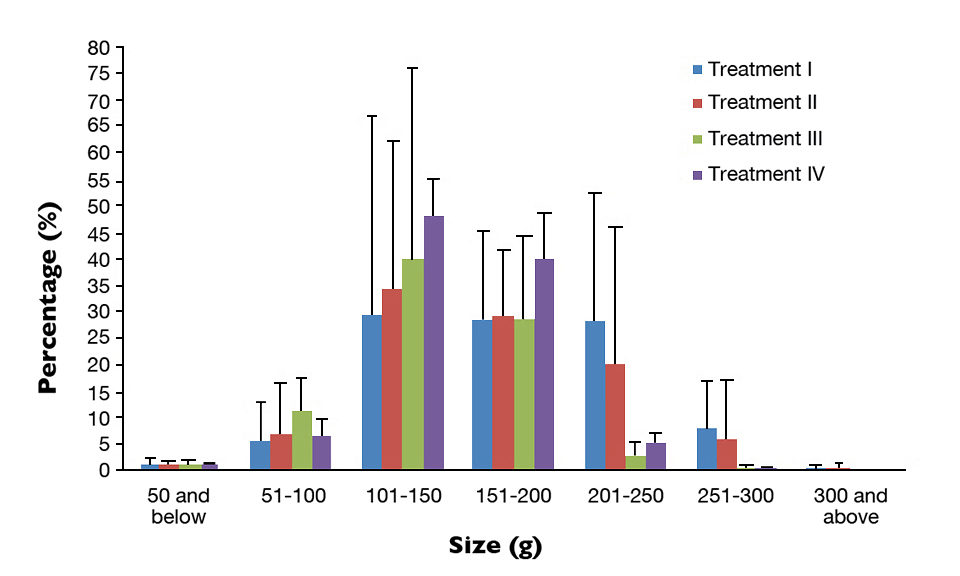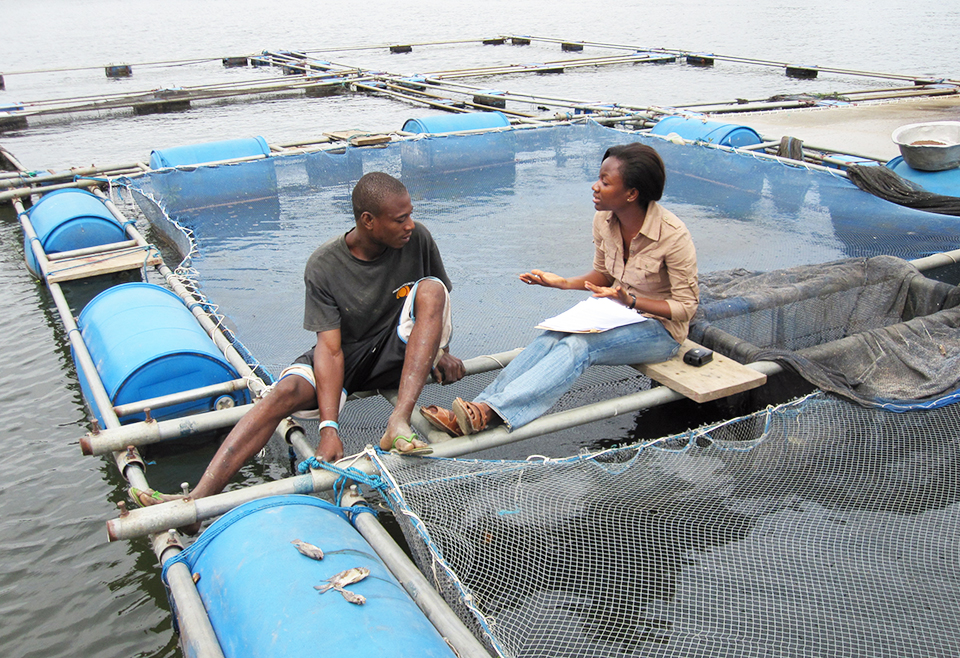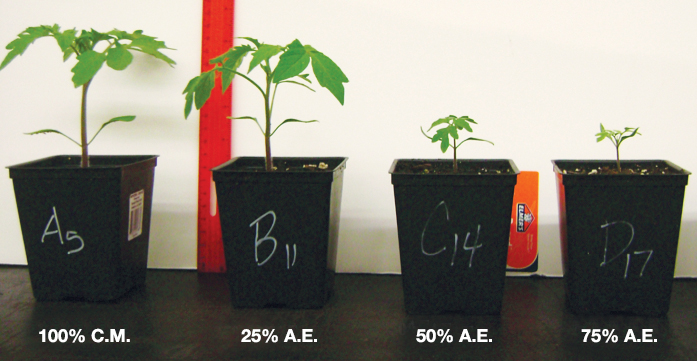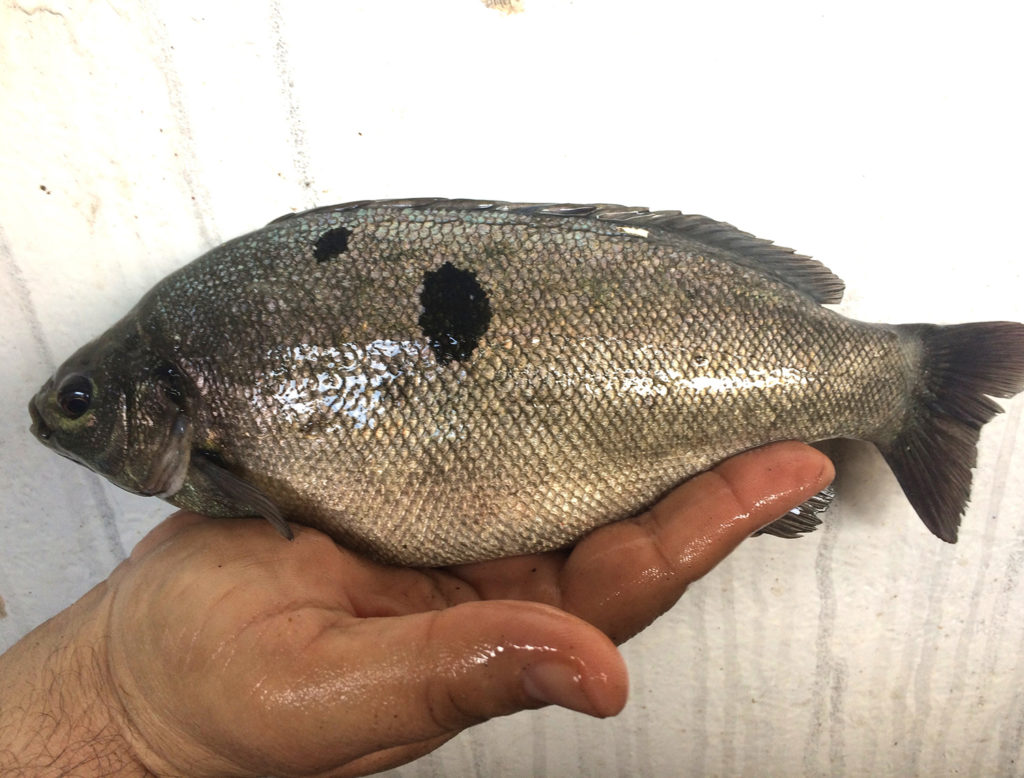Hatcheries, tapas and ponds all produce quality fingerlings

Some tilapia growout operators believe that fingerlings from artificial incubation units have lower survival, smaller size and lesser quality. On the other hand, fingerlings from ponds and hapas are said to have high survival and bigger size.
A study was conducted by the authors to evaluate the growth performance of Nile tilapia (Oreochromis niloticus) fingerlings that were produced in three hatching systems: artificial incubation units, hapas and ponds.
Study setup
The study was composed of four treatments in earthen ponds and replicated three times. Treatment I raised sex-reversed Nile tilapia fingerlings produced in artificial incubation units. Treatment II used sex-reversed fingerlings produced in hapas. In treatment III, the tilapia fingerlings came from ponds. Treatment IV used a mixture of sex-reversed fingerlings from the three sources. Size 20 tilapia fingerlings of the GIFT strain with a weight range of 0.26 to 0.34 grams were used in the study.
Fingerlings were stocked in 12, 500-square-meter earthen ponds at four fish per square meter or 2,000 fish per pond. The fingerlings were fed twice a day with commercial feeds at 20 percent of body weight until the second week, when the fish then received feed at 10 percent of body weight for two weeks. From weeks four through six, the tilapia received feed at 7 percent of body weight. They then were fed at 6 percent of body weight for two weeks, 5 percent for two weeks, 4 percent for two weeks and, finally, 3 percent body weight for weeks 12 through 16.
The ponds were fertilized weekly using the inorganic fertilizers ammonium phosphate and urea at the recommended rates of 28 kg nitrogen and 5.6 kg phosphorus per hectare per week to enhance the growth of natural foods.
Results
Figure 1 shows the average body weight of the tilapia after 120 days of culture. At 179.26 ± 42.30 grams, the average body weight at harvest was highest in treatment I, the fish produced in artificial incubation units. This mark was followed by 168.94 ± 48.60 grams for the fish from hapas in treatment II; 150.04 ± 14.73 grams for treatment IV, the combination of the three hatching systems; and 138.87 ± 17.30 grams for the fish from ponds in treatment III.

Similar trends with specific growth rate or the daily change in body weight, gross yield, feed consumption and feed-conversion efficiency were also seen. However, these differences were not statistically significant (P > 0.05) among the groups. After 120 days of culture, no significant differences were found in the survival rate of fish produced from the three different hatching systems.
On the size distribution of the stocks, results showed that the highest proportion of fish harvested ranged 101 to 200 grams (P > 0.05, Figure 2). Fish hatched in artificial incubation units and hapas had a higher proportion of fish in the 201- to 250-gram and 251- to 300-gram size categories, although there was no statistically significant difference among treatments in any of the size categories harvested.

Cost analysis
A basic cost and return analysis showed that the net profit of growing hapa-produced fry was highest, as incubation units required more costs for construction and maintenance. However, as with the growth performance variables, the authors did not see statistical differences in the cost-return analyses among the different hatching systems.
Additional replication is likely required to establish whether incubation units and hapas might serve as better hatching systems for producing Nile tilapia. Nonetheless, the overall outcome of these experiments indicates that any of the hatching systems can be used for the grow-out production of Nile tilapia with no significant loss in production efficiency.
(Editor’s Note: This article was originally published in the September/October 2009 print edition of the Global Aquaculture Advocate.)
Now that you've reached the end of the article ...
… please consider supporting GSA’s mission to advance responsible seafood practices through education, advocacy and third-party assurances. The Advocate aims to document the evolution of responsible seafood practices and share the expansive knowledge of our vast network of contributors.
By becoming a Global Seafood Alliance member, you’re ensuring that all of the pre-competitive work we do through member benefits, resources and events can continue. Individual membership costs just $50 a year.
Not a GSA member? Join us.
Authors
-
Remedios B. Bolivar, Ph.D.
Freshwater Aquaculture Center/College of Fisheries
Central Luzon State University
Science City of Muñoz, Nueva Ecija, Philippines[109,111,99,46,109,111,99,122,111,109,64,114,97,118,105,108,111,98,114]
-
Eddie Boy T. Jimenez
Freshwater Aquaculture Center/College of Fisheries
Central Luzon State University
Science City of Muñoz, Nueva Ecija, Philippines -
Roberto Miguel V. Sayco
Freshwater Aquaculture Center/College of Fisheries
Central Luzon State University
Science City of Muñoz, Nueva Ecija, Philippines -
Reginor Lyzza B. Argueza
Freshwater Aquaculture Center/College of Fisheries
Central Luzon State University
Science City of Muñoz, Nueva Ecija, Philippines -
Hernando L. Bolivar
GIFT Foundation International, Inc.
Science City of Muñoz, Nueva Ecija, Philippines -
Lourdes B. Dadag
GIFT Foundation International, Inc.
Science City of Muñoz, Nueva Ecija, Philippines -
Antonio G. Taduan
GIFT Foundation International, Inc.
Science City of Muñoz, Nueva Ecija, Philippines -
Russell J. Borski, Ph.D.
Department of Biology
North Carolina State University
Raleigh, North Carolina, USA
Tagged With
Related Posts

Health & Welfare
10 paths to low productivity and profitability with tilapia in sub-Saharan Africa
Tilapia culture in sub-Saharan Africa suffers from low productivity and profitability. A comprehensive management approach is needed to address the root causes.

Health & Welfare
A look at tilapia aquaculture in Ghana
Aquaculture in Ghana has overcome its historic fits and starts and is helping to narrow the gap between domestic seafood production and consumption. Production is based on Nile tilapia.

Responsibility
Aquaculture effluent partially replaces growing mix for plant production
Aquaculture effluent can be an effective fertilizer in land-based plant production. Research with tilapia utilized dewatered aquaculture effluent (A.E.) as a partial substrate replacement for tomato plant seedlings. Seedling growth decreased when effluent replaced a commercial growing mix at 25 percent or more.

Intelligence
Are omega-3s in farmed jade perch as high as believed?
Farmed jade perch – similar to other cultured fish species – is only rich in omega-3 fatty acids if its diet consists of these nutrients in high amounts. How does it compare to the wild fish?


